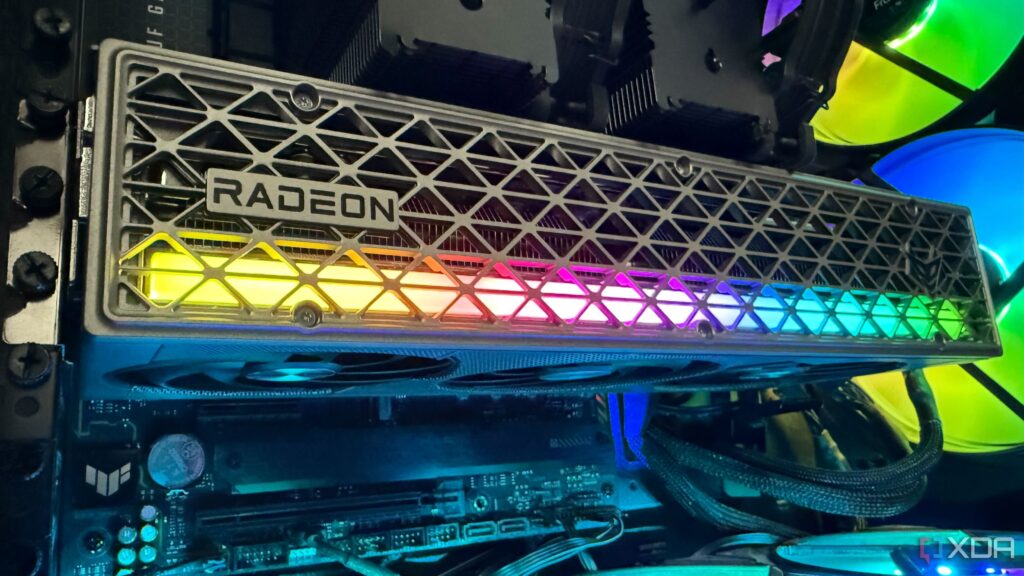
UPDATE: AMD’s recent announcement regarding driver support for RDNA 1 and 2 GPUs has triggered a wave of disappointment among consumers, raising urgent questions about the future of these graphics cards. Just days after the release of the Adrenalin driver version 25.10.2 on October 29, 2023, AMD confirmed that support for older architectures will be significantly limited.
AMD’s decision has left many users, particularly those with RDNA 1 and 2 graphics cards, feeling abandoned. The company’s initial note, which has since been removed from the patch notes, indicated a shift towards focusing on new technologies for the latest GPUs, leading to what they termed “maintenance mode” for older models.
In an official clarification to Tom’s Hardware, AMD stated that while RX 5000 and RX 6000 series GPUs would continue to receive updates, they would no longer benefit from enhanced features or game optimizations that newer models enjoy. This announcement has left many questioning whether their investment in AMD hardware was a mistake, especially since RDNA 2 cards were still being sold earlier this year.
Many users have taken to social media and tech forums to express their discontent, highlighting concerns that AMD is prioritizing newer products over loyal customers. The backlash is palpable, with users feeling that their trust in AMD’s commitment to long-term support has been severely tested.
“To focus on optimizing and deploying new and improved technologies for the latest GPUs, AMD Software Adrenalin Edition 25.10.2 puts the Radeon RX 5000 and RX 6000 into maintenance mode,” AMD stated in an earlier communication.
As consumers reflect on their GPU purchases, comparisons to NVIDIA’s support track record have surfaced. NVIDIA recently confirmed continued driver updates for their older graphics cards, including the GTX 10 series, which just saw its support end after several years. Their ongoing updates for the RTX 20 series, released in late 2018, stand in stark contrast to AMD’s relatively short support duration for RDNA 2 owners.
The implications are significant. With many consumers relying on AMD for value and longevity, the abrupt shift in support strategy could drive buyers toward competitors. While AMD has made strides in the handheld APU market, the lack of clarity and commitment regarding desktop GPU support has raised concerns among loyal customers.
The immediate future for RDNA 1 and 2 owners now looks uncertain. AMD’s vague promises about optimizations based on “market needs” could signal a trend toward neglecting long-term users. For those who invested in RDNA 2 models, which launched in late 2020 and were marketed for their longevity, this news is particularly disheartening.
As AMD seeks to balance innovation with customer satisfaction, the tech community will be watching closely. Consumers are eager for transparency and assurance that their investments will not be rendered obsolete prematurely. The next steps for AMD will be crucial in regaining consumer trust and maintaining a competitive edge in the GPU market.
As the situation develops, AMD’s commitment to its existing user base will be a critical factor in shaping the future of its graphics card offerings. For now, users are left pondering the viability of their current GPUs and whether to consider alternatives in their next purchase.





